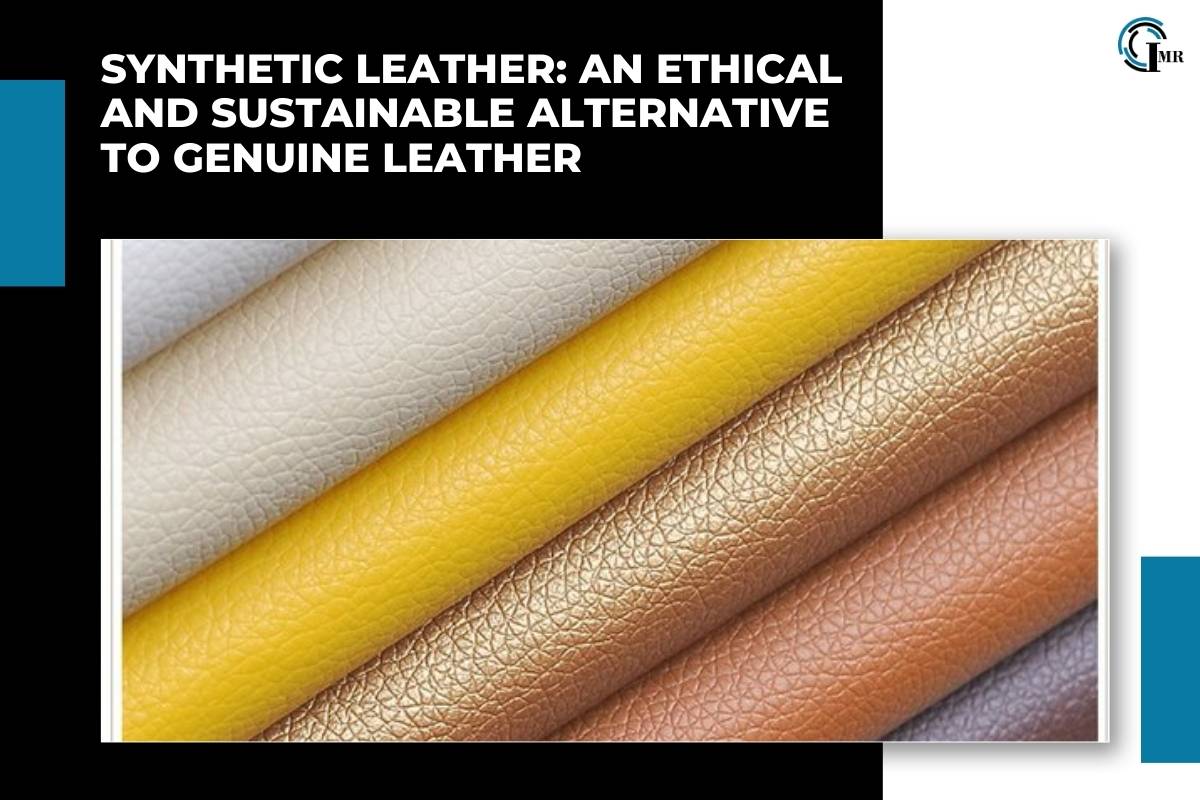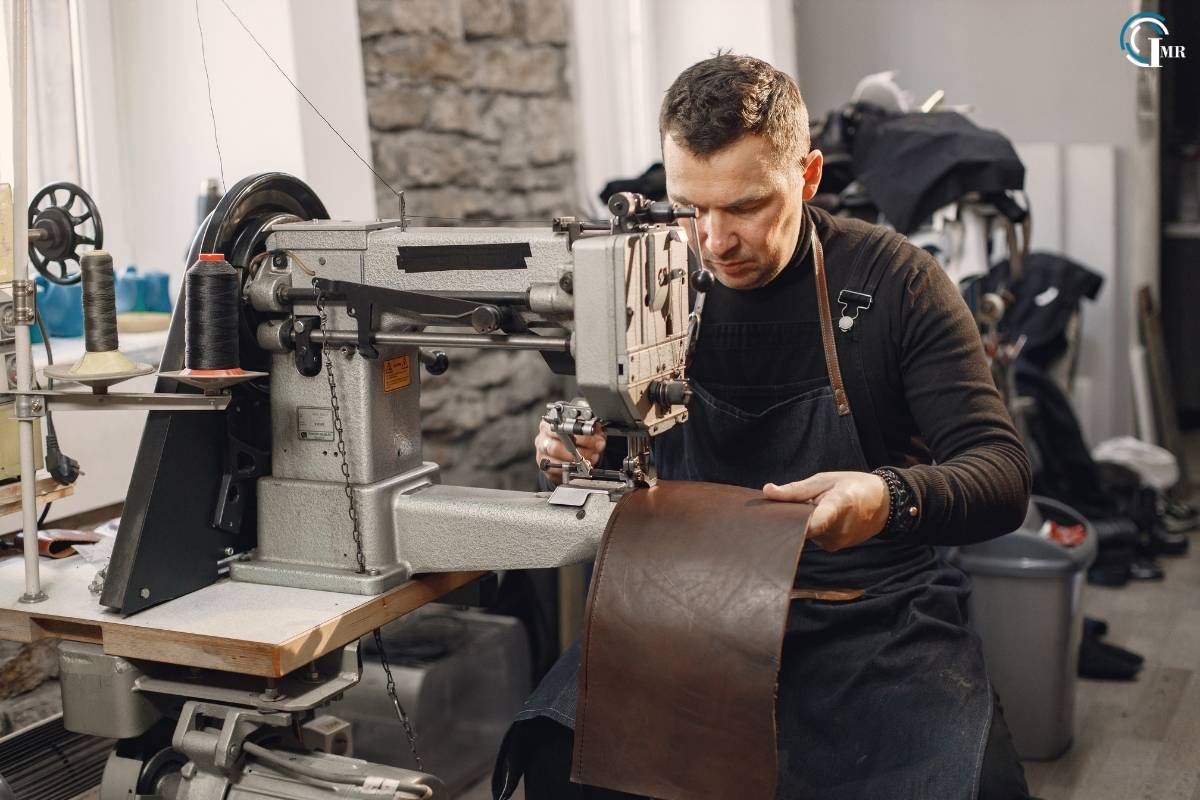Synthetic Leather: An Ethical And Sustainable Alternative To Genuine Leather

Synthetic leather, often referred to as faux leather, pleather, or vegan leather, has become an increasingly popular alternative to genuine leather. As consumers become more conscious of ethical, environmental, and health considerations, synthetic leather offers a viable solution without compromising on style and functionality. This article delves into the history, types, manufacturing processes, benefits, and challenges of this leather, and its role in a sustainable future.
A Brief History
Synthetic leather has been around for over a century, with its origins dating back to the early 20th century. The first iterations were crude and lacked the durability and appearance of genuine leather. However, advancements in technology and materials over the decades have significantly improved its quality. By the mid-20th century, polyvinyl chloride (PVC) and polyurethane (PU) emerged as the primary materials used in synthetic leather production, paving the way for more versatile and higher-quality products.
Types
There are several types of synthetic leather, each with its unique characteristics and uses. The most common types are:
- Polyvinyl Chloride (PVC) Leather: PVC leather is made by coating a fabric base with PVC and then treating it with various chemicals to soften it. It is durable, water-resistant, and easy to clean, making it ideal for products like upholstery, car interiors, and accessories.
- Polyurethane (PU) Leather: PU leather is made by coating a fabric base with polyurethane. It is more flexible and breathable than PVC leather, closely mimicking the texture and appearance of genuine leather. PU leather is commonly used in fashion items such as jackets, shoes, and bags.
- Microfiber Leather: This type of vegan leather is made from fine polyester fibres, creating a soft, durable, and breathable material. It is often used in high-end fashion and automotive industries due to its premium feel and appearance.
- Silicone Leather: A newer entrant in the market, silicone leather is made from silicone polymers. It is highly resistant to extreme temperatures, UV rays, and stains, making it suitable for outdoor furniture and marine applications.
Manufacturing Process

The manufacturing process of faux leather varies depending on the type, but the general steps include:
- Base Fabric Preparation: A fabric base, usually made of polyester or cotton, is prepared to provide the necessary strength and flexibility.
- Coating: The base fabric is coated with a layer of plastic, such as PVC or PU, using a roller or spraying process. This coating can be coloured and textured to resemble genuine leather.
- Treatment: The coated fabric is treated with various chemicals to achieve the desired softness, durability, and appearance. This may include embossing to create patterns or applying additional layers for extra protection.
- Finishing: The synthetic leather is finished by applying a topcoat to enhance its appearance and protect it from wear and tear. This step may also involve polishing or buffing to achieve a desired sheen.
Benefits
Ethical Considerations
One of the most significant advantages of this leather is its ethical implications. Unlike genuine leather, which involves the slaughter of animals, synthetic leather is cruelty-free. As awareness of animal rights and welfare grows, more consumers are opting for products that do not involve animal suffering.
Environmental Impact
The environmental impact of this leather is a complex issue. On one hand, it eliminates the need for livestock farming, which is a major contributor to greenhouse gas emissions, deforestation, and water pollution. However, the production of synthetic leather involves the use of plastics and chemicals, which can have negative environmental consequences if not managed properly.
Innovations in sustainable materials and production methods are helping to mitigate these concerns. For example, some companies are developing bio-based synthetic leathers made from renewable resources like mushrooms, pineapple leaves, and apple peels. These materials offer a more sustainable alternative to traditional PU leathers.
Durability and Maintenance
Synthetic leather is generally more durable and easier to maintain than genuine leather. It is resistant to stains, water, and UV rays, making it ideal for use in various applications. Unlike genuine leather, which requires regular conditioning and can be damaged by moisture and sunlight, this leather retains its appearance and functionality with minimal care.
Cost
Another advantage of this leather is its affordability. Genuine leather is often expensive due to the cost of raising and processing animals, as well as the labour-intensive tanning process. PU leather, on the other hand, is typically cheaper to produce and can offer a similar look and feel at a fraction of the cost.
Challenges and Criticisms

Despite its many benefits, this leather is not without its challenges and criticisms. One of the primary concerns is the use of plastics and chemicals in its production. PVC and PU, the most common materials used in this leather, are derived from non-renewable fossil fuels and can release harmful chemicals during manufacturing and disposal.
To address these concerns, the industry is exploring more sustainable materials and production methods. Bio-based PU leather, as mentioned earlier, are one promising solution. Additionally, some companies are investing in recycling programs to reduce waste and extend the lifecycle of faux leather products.
Another criticism is that PU leather can sometimes lack the breathability and natural aging process of genuine leather. While advancements in technology have significantly improved the quality of faux leather, it may not always achieve the same level of comfort and aesthetic appeal as its natural counterpart.
Future Prospect
The future of this leather is bright, with continued innovations driving the industry forward. As consumer demand for ethical and sustainable products grows, manufacturers are increasingly focused on developing new materials and processes that minimize environmental impact and enhance product performance.
Bio-based Materials

The development of bio-based leathers is one of the most exciting advancements in the industry. Materials like mycelium, pinatex, and apple leather are not only sustainable but also offer unique textures and properties that set them apart from traditional PU leather.
Circular Economy
The concept of a circular economy is gaining traction in this leather industry. This approach involves designing products with their end-of-life in mind, ensuring that materials can be reused, recycled, or composted. By reducing waste and promoting resource efficiency, the circular economy model aims to create a more sustainable and resilient industry.
Technological Advancements
Advancements in technology are also playing a crucial role in the evolution of PU leather. Innovations in nanotechnology, for example, are enabling the development of this leathers with enhanced properties such as increased breathability, antimicrobial resistance, and improved durability.
Conclusion
Synthetic leather has come a long way since its inception, offering a versatile, ethical, and sustainable alternative to genuine leather. While challenges remain, ongoing innovations in materials and production methods are paving the way for a more sustainable future. As consumers continue to prioritize ethical and environmental considerations, PU leather is poised to play a significant role in the fashion, automotive, and furniture industries, proving that style and sustainability can go hand in hand.




.jpg)
Comments